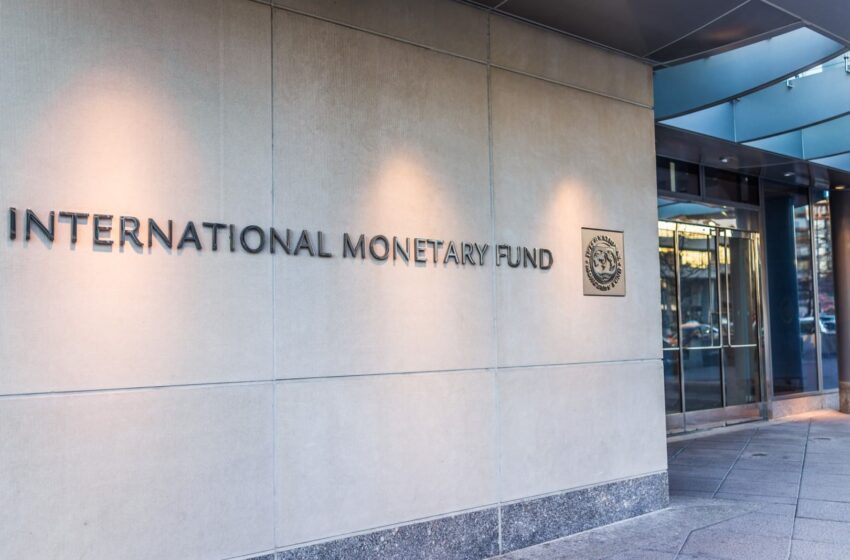
Global Economy to Grow at 3.2% in 2024
Global economic growth is projected to be in line with the April 2024 World Economic Outlook (WEO) forecast, at 3.2% in 2024 and 3.3% in 2025, the International Monetary Fund (IMF) said in its latest update on World Economic Outlook.
However, varied momentum in activity at the turn of the year has somewhat narrowed the output divergence across economies as cyclical factors wane and activity becomes better aligned with its potential, the IMF said.
“Services price inflation is holding up progress on disinflation, which is complicating monetary policy normalisation. Upside risks to inflation have thus increased, raising the prospect of higher-for-even-longer interest rates, in the context of escalating trade tensions and increased policy uncertainty.
To manage these risks and preserve growth, the policy mix should be sequenced carefully to achieve price stability and replenish diminished buffers,” the IMF said.
Global activity and world trade firmed up at the turn of the year, with trade spurred by strong exports from Asia, particularly in the technology sector. Relative to the April 2024 WEO, first quarter growth surprised on the upside in many countries, although downside surprises in Japan and the US were notable.
In the US, after a sustained period of strong outperformance, a sharper-than-expected slowdown in growth reflected moderating consumption and a negative contribution from net trade. In Japan, the negative growth surprise stemmed from temporary supply disruptions linked to the shutdown of a major automobile plant in the first quarter.
In contrast, shoots of economic recovery materialized in Europe, led by an improvement in services activity. In China, resurgent domestic consumption propelled the positive upside in the first quarter, aided by what looked to be a temporary surge in exports belatedly reconnecting with last year’s rise in global demand.
Region-Wise Forecast
The forecast for growth in emerging market and developing economies is revised upward and the projected increase is powered by stronger activity in Asia, particularly China and India.
For China, the growth forecast is revised upward to 5% in 2024, primarily on account of a rebound in private consumption and strong exports in the first quarter. In 2025, China’s GDP is projected to slow to 4.5%, and to continue to decelerate over the medium term to 3.3% by 2029, because of headwinds from aging and slowing productivity growth.
The forecast for growth in India has also been revised upward, to 7% this year, with the change reflecting carryover from upward revisions to growth in 2023 and improved prospects for private consumption, particularly in rural areas.
With regard to Latin America and the Caribbean, growth has been revised downward for 2024 in Brazil, reflecting the near-term impact of flooding, and in Mexico, due to moderation in demand. However, growth has been revised upwards in 2025 for Brazil to reflect reconstruction following the floods and supportive structural factors (for example, acceleration in hydrocarbon production).
Forecast for Saudi Arabia
For the Middle East and Central Asia, oil production and regional conflicts continue to weigh on prospects. The growth forecast for 2024 in Saudi Arabia has been revised downward by 0.9 percentage point and the adjustment reflects mainly the extension of oil production cuts.
Projected growth in Sudan is revised markedly downward, as persisting conflict takes a larger toll on the economy. The forecast for growth in sub-Saharan Africa is revised downward, mainly as a result of a 0.2 percentage point downward revision to the growth outlook in Nigeria amid weaker than expected activity in the first quarter of this year. In May this year, the IMF has already projected the real GDP of the UAE to grow by 4% in 2024.
Trade Recovers
World trade growth is expected to recover to about 3.25% annually in 2024–25 (from quasi stagnation in 2023) and align with global GDP growth again. The uptick in the first quarter of this year is expected to moderate as manufacturing remains subdued.
Although cross-border trade restrictions have surged, harming trade between geopolitically distant blocs, the global trade-to-GDP ratio is expected to remain stable in the projection.













